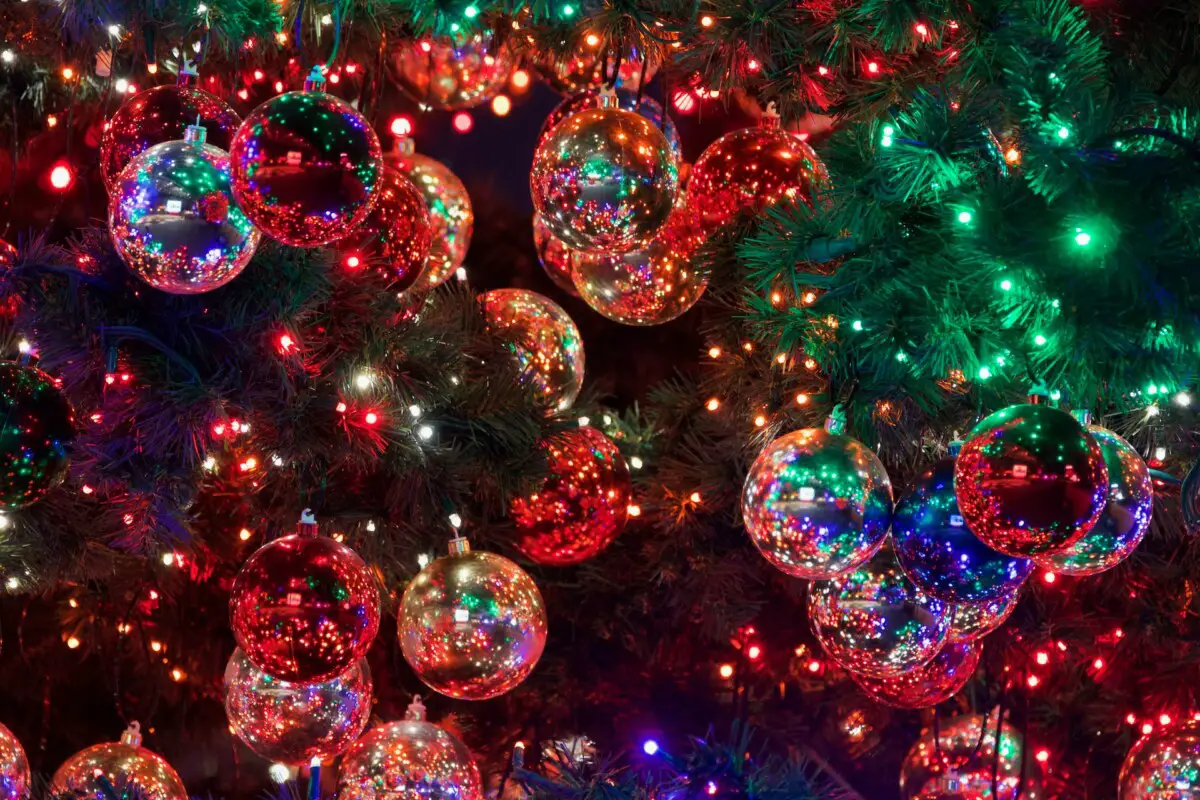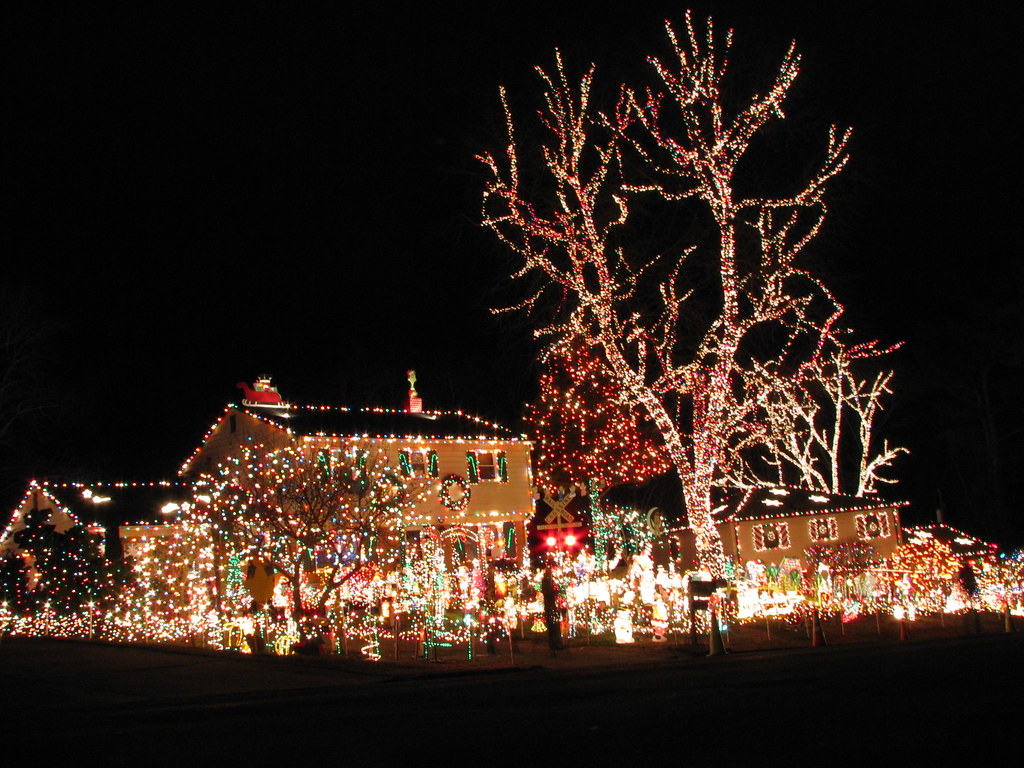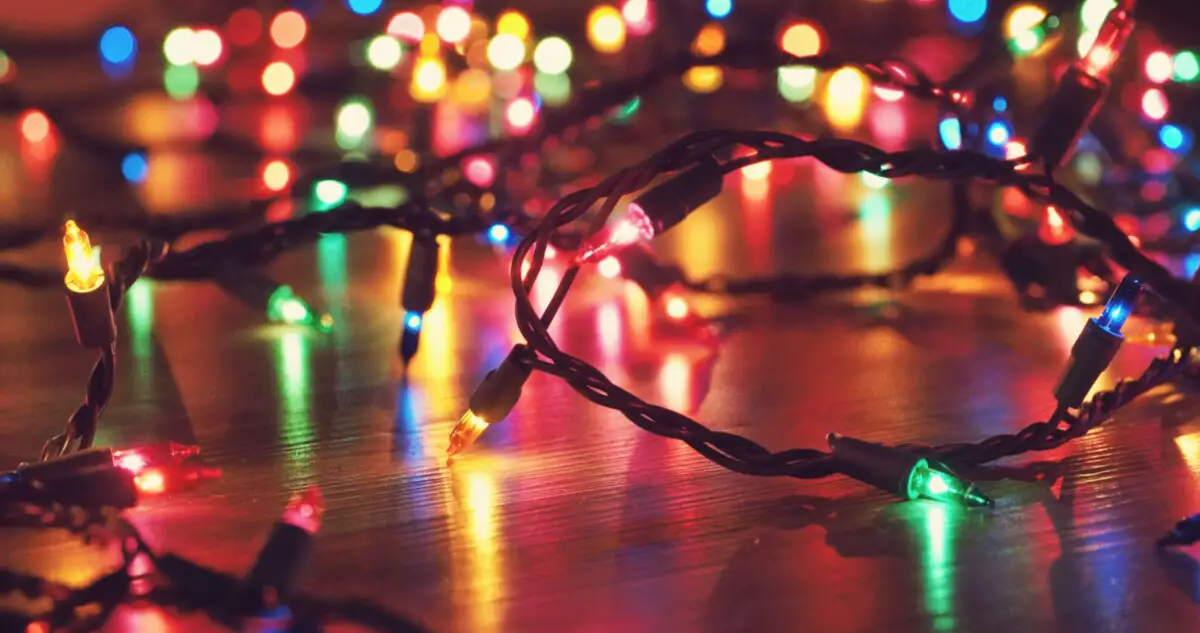Why Some Christmas Lights Have 3 Wires Instead Of 2
When you look at your Christmas light strings you may find that it has 3 wires along its length instead of the two you are probably familiar with.
The reason why some Christmas light strings have 3 wires instead of 2 is that they are designed to supply power to another string without connecting both strings in series. To achieve this there is an additional wire in the string that allows the strings to be connected in parallel seamlessly.
While this is the short answer to the question it may be confusing without properly understanding what it means. Continuing on I will explain what this all means and some wire diagrams to illustrate how and why this works.
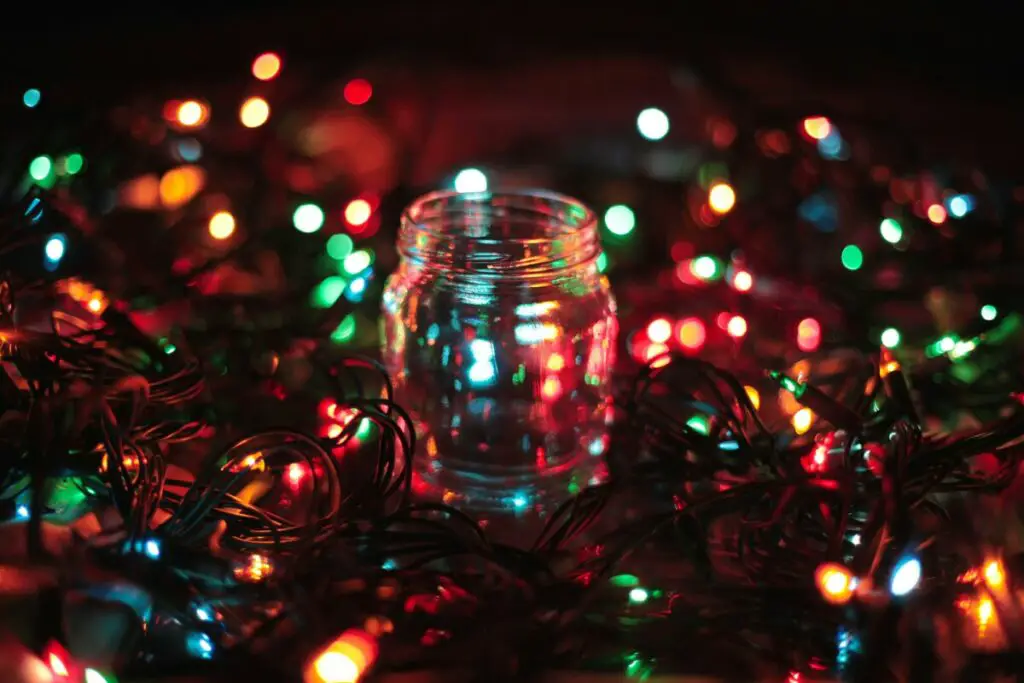
Why Christmas Lights Normally Only Have 2 Wires
First things first we shall cover the basics, which in this case is how Christmas lights normally operate.
The way Christmas lights normally work is through a whole bunch of small (either incandescent or LED) lights which are all connected in series. What this means is that they are connected one after another in the electrical circuit, where the output of the first lamp will feed the input of the next one. See the image below for an illustration of a series circuit.
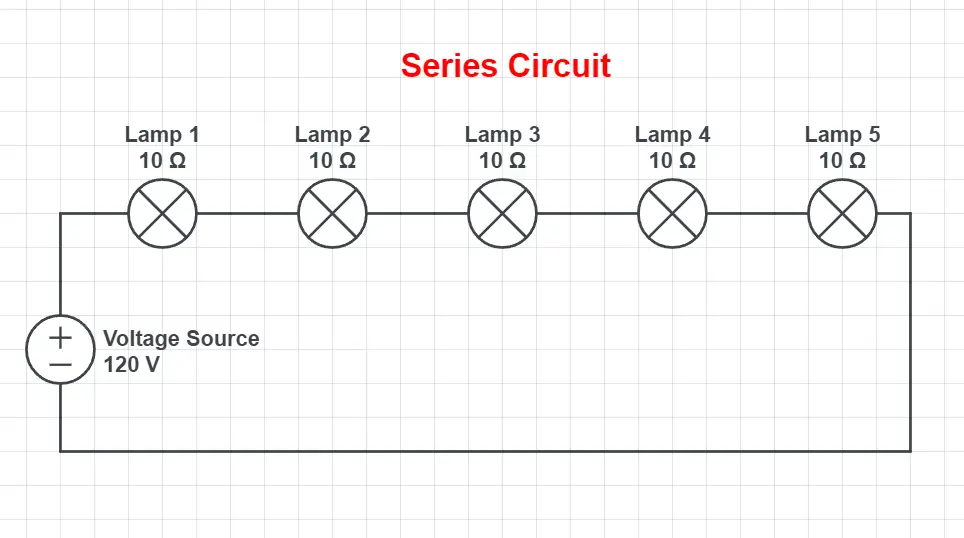
The reason why most Christmas lights are wired like this is that it’s a simple way of getting a lot of smaller lights to function in unison.
That said, this still has the problem where the entire string stops working when one bulb falters. This is because for the electrical current to flow all the individual bulbs need to function and allow electricity to flow through them, so when one breaks they will all cease to function.
This is all simply an effect of wiring in series. Lights wired in parallel do not suffer from this as they are connected to the voltage source independently of each other.
How Christmas Lights With 3 Wires Work
Christmas lights with 3 wires aren’t that much different from ones with only 2 wires. The main difference has to do with the purpose of the 3rd wire.
The purpose of the 3rd wire is to allow another set of string lights to connect to the end of the string in parallel. What this essentially means is that it allows the string to have another input slot for additional lighting on the end of the string.
The way 3 wired lights are wired is as the following diagram:
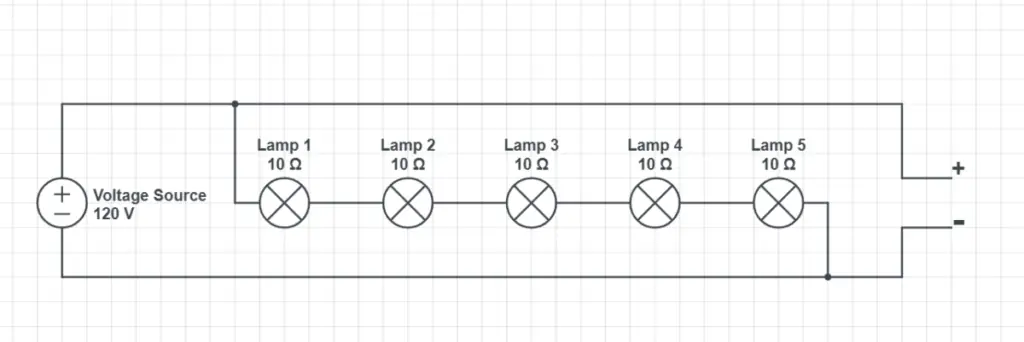
As you can see in the diagram there is not much that differs between a 3-wired string and a 2-wired one. The lamps are still connected in series and have a direct connection between the positive and negative points of the voltage source (which in most scenarios is a power socket in your wall).
The way it is connected is practically the same as a 2 wired diagram, which means that it works the exact same way when powered on. That said, on the right side of the diagram we now have an open circuit with both a positive and negative pole.
Since these poles are also directly connected to the positive and negative points of the voltage source they are practically just an extension of the original source of voltage. The voltage is more or less carried across the length of the wires with some minor losses in voltage along the way.
This allows for another set of lights to be attached to the end of the lights since it is practically its own power supply.
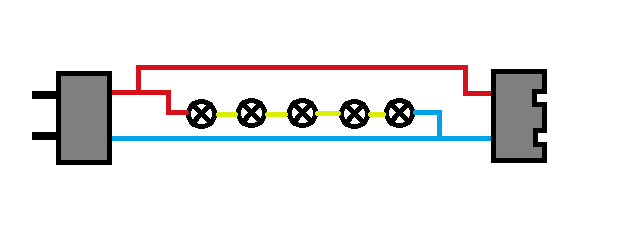
How 3-Wired Christmas Lights Work When Connected Together
You would think that another set of lights attached to the extension point would cause interference with the original set of lights, but it actually would not.
The reason why another set of lights wouldn’t interfere with the already existing lights is that they are connected to the voltage source independently from the original set of lights.
In this context, independently means that it has a direct point to the positive and negative poles of the original source, even if they share connection points along the way.
When you put this concept in practicality you have essentially connected the different light strings parallel to each other, even though the actual lights themselves are connected in series.
This will cause the system to use more electricity for the additional lights but it will not cause the different strings to interfere with each other at all. To understand this in further detail I recommend you read our article on Why Lights Glow Brighter When Connected In Parallel.
What Are The Benefits Of Christmas Lights With 3 Wires?
With the purpose of 3-wired Christmas lighting explained, are there actually any benefits to lights wired like this?
The main benefit of these lights is that they are modular and can be extended infinitely as long as the voltage drop isn’t too much or as long as it doesn’t overload the circuit breaker. Click here to read our article Can Christmas Lights Overload The Electrical Circuit where we explain how much you can load a fuse before it trips.
Being able to connect multiple strings of light together in this fashion is useful if you have large objects to decorate, such as a large tree or a long wall you want to accentuate.
These lights can also be useful if you don’t want to use a lot of extension cords for your Christmas lighting. Using these lights you can get the same amount of lighting installed with far fewer extension cords.
Other than this there are not many benefits to using these lights over lights with only 2 wires. They work practically the same since the way they are connected in the electrical circuit is identical. The 3-wired model simply adds more flexibility to the lighting installation.
Can You Connect Christmas Lights With 2 Wires To One With 3?
While the design of the 3-wired Christmas lights is made to be modular it is also possible to connect a 2-wired light string to the 3-wired one.
This would happen practically by simply connecting the 2-wired string to the end of the 3-wired one. This should cause both strings to work fine with no issues.
The drawback of this is that you have essentially removed the ability to connect more lights like you would with the normal 3-wired lights. But if that’s a tradeoff you’re comfortable with you should absolutely do this if it benefits you in your situation.
Choosing Between 2-Wired And 3-Wired Christmas Lights
When it comes to choosing between these lights it mainly depends on the application they are meant for.
If you are looking to decorate a small to mid-sized Christmas tree or anything else of similar proportion you are probably best off with a simple normal 2-wired Christmas light.
That said when you have large plans in mind and need a lot of lighting to support that 3-wired lights might be ideal since you can string a lot of them together.
In terms of functionality these should function the same otherwise, so don’t put too much thought into that. Instead, you should figure out what purpose they are meant to fulfil.
Summary
To quickly summarize, 3-wired and 2-wired Christmas lights are not all that different. The main difference between them is that 3-wired lights have the option of connecting more lights at the end of it seamlessly.
This is ideal when you want to connect multiple light strings together for something like a big tree or other large objects you want to decorate.

